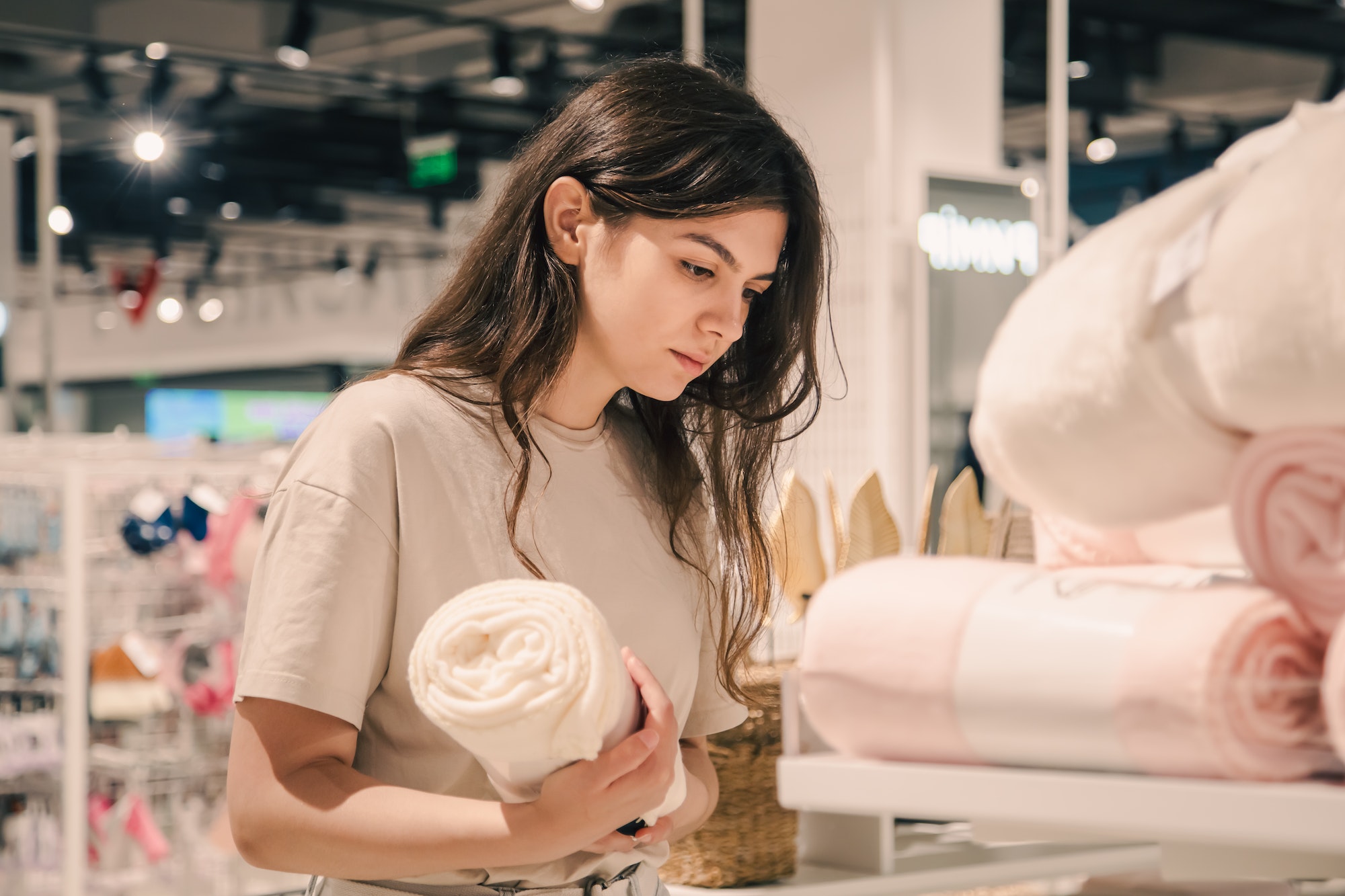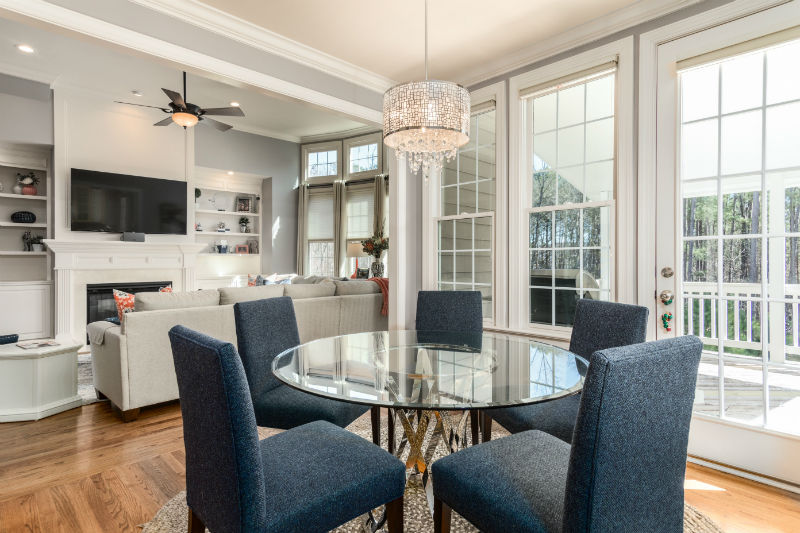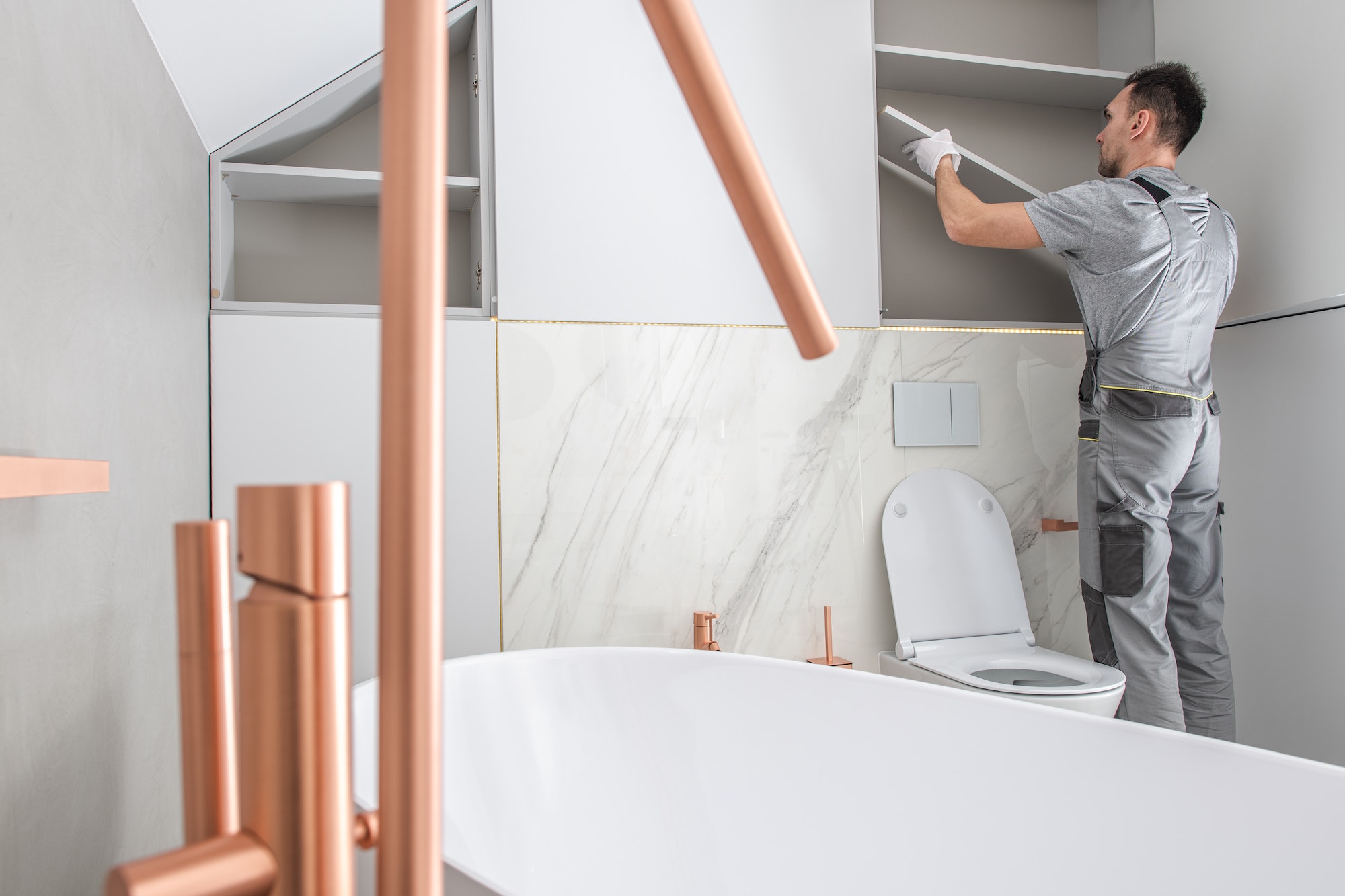When it comes to interior design, mixing and matching patterns and textures is an essential skill for creating a visually appealing and harmonious living space. By combining different patterns, colors, and textures, you can add depth, dimension, and character to any room. In this article, we will explore various techniques and tips for successfully mixing and matching patterns and textures in your interior design projects. From understanding the basics of color theory to selecting the right furniture and accessories, this comprehensive guide will provide you with all the knowledge you need to create a stunning and well-balanced room.
- 1 Recognizing and understanding patterns
- 2 Mastering color theory for successful pattern mixing
- 3 The importance of scale and proportion in pattern mixing
- 4 Incorporating texture for added depth and dimension
- 5 Selecting the right furniture and accessories to complement your patterns
- 6 Achieving harmony with the 60-30-10 rule
- 7 Embrace creativity and trust your instincts
Recognizing and understanding patterns
Before diving into the art of mixing and matching, it’s essential to understand the different types of patterns available and how they can impact your room design. Patterns can be classified into three main categories: geometric, organic, and abstract. Each category has its unique characteristics and can evoke different feelings in a space.
Geometric patterns are composed of lines, shapes, and angles, often following a specific order or arrangement. These patterns can make a space feel structured and organized. Common geometric patterns include stripes, chevrons, and grids.
Organic patterns are inspired by nature and its elements, such as plants, animals, and landscapes. These patterns can create a sense of warmth and comfort in a room. Examples of organic patterns include floral, animal prints, and botanical motifs.
Abstract patterns are a combination of various shapes, lines, and colors that do not directly represent any specific object. These patterns can add a sense of movement and energy to a space. Some examples of abstract patterns are swirls, splatters, and brushstrokes.
By understanding the different types of patterns, you will be better equipped to select the right combinations for your design projects.
Mastering color theory for successful pattern mixing
Color plays a significant role in determining how well different patterns and textures will work together in a room. By mastering color theory, you can create a cohesive and harmonious space that showcases your unique style.
To start, familiarize yourself with the color wheel. This tool helps to visualize the relationships between colors and can be a valuable guide when selecting color combinations for your interior design projects. The color wheel is divided into primary, secondary, and tertiary colors, with each group having a specific relationship to one another.
One technique for selecting color combinations is to choose complementary colors. These are colors that are opposite each other on the color wheel, such as blue and orange, or yellow and purple. When paired together, complementary colors create a high-contrast, visually appealing effect.
Another approach is to use analogous colors. These colors are located next to each other on the color wheel, such as green, blue, and purple. Analogous colors create a harmonious and calming effect, making them a popular choice for bedrooms and other relaxing spaces.
By understanding the principles of color theory, you will be better equipped to select patterns and textures that work well together in your room design.
The importance of scale and proportion in pattern mixing
When mixing and matching patterns, it’s crucial to consider the scale and proportion of each pattern. By using a variety of scales and proportions, you can create a visually balanced space that feels cohesive and interesting.
One approach to ensure a balanced mix of patterns is to use the rule of three. This rule suggests that you should incorporate at least three different patterns in your room design, with each pattern varying in scale. For example, you could use a large-scale floral print for your curtains, a medium-scale geometric pattern for your rug, and a small-scale abstract pattern for your throw pillows. By varying the scale of each pattern, you create visual interest without overwhelming the space.
When considering proportion, think about the size and shape of your room and the furniture within it. Patterns should be proportionate to the size of the room and the items they are applied to, ensuring they do not overpower or get lost in the space.
By keeping scale and proportion in mind when selecting patterns, you can create a balanced and visually appealing room design.
Incorporating texture for added depth and dimension
Texture is another important element to consider when mixing and matching patterns in interior design. By incorporating a variety of textures, you can add depth, dimension, and tactile interest to your space.
There are many different types of textures you can incorporate into your room design, from natural materials like wood and stone, to fabrics such as linen, velvet, and fur. The key is to find a balance between smooth and rough textures, as well as matte and shiny finishes.
One way to create a harmonious blend of textures is to select materials that share a similar color palette. For example, you could pair a smooth, shiny silk fabric with a plush, matte velvet in coordinating shades of blue. By using a shared color palette, the different textures will feel cohesive and purposeful in your space.
Another approach is to create contrast by pairing textures that have opposing qualities, such as a rough, natural jute rug with a smooth, polished marble coffee table. This juxtaposition of textures can create visual interest and add a sense of dimension to your room design.
By thoughtfully incorporating textures into your space, you can enhance the overall impact of your pattern mixing and create a rich, layered aesthetic.
Selecting the right furniture and accessories to complement your patterns
The final step in successfully mixing and matching patterns and textures is to carefully select the right furniture and accessories to complement your design. This includes items such as rugs, curtains, throw pillows, and artwork, as well as larger furnishings like sofas, chairs, and tables.
When selecting furniture and accessories, consider the scale, style, and color of your chosen patterns. Look for items that complement and enhance your pattern selections, while also providing balance and cohesion to the overall room design.
For example, if you have chosen a bold, large-scale geometric rug, consider pairing it with a simple, solid-colored sofa and minimalistic accent chairs. This will allow the rug to be the focal point of the space, without competing with other elements for attention.
Similarly, if you have selected a variety of colorful, patterned throw pillows, consider using neutral-colored curtains and a simple, solid-colored rug to provide balance and prevent the space from feeling too busy or overwhelming.
By carefully selecting furniture and accessories that complement your chosen patterns and textures, you can create a well-balanced and visually appealing space that showcases your unique style and personality.
Achieving harmony with the 60-30-10 rule
A key aspect of successfully mixing and matching patterns and textures in interior design is creating a sense of harmony and balance in your living space. One useful technique to achieve this is the 60-30-10 rule, which helps to proportionately distribute colors and patterns throughout your room.
The 60-30-10 rule works by dividing your room’s color scheme and patterns into three distinct segments. The largest segment, 60%, should be the dominant color or pattern, typically applied to walls, large furnishings, and main pieces of furniture. The 30% segment represents the secondary color or pattern, often used for smaller furniture items, rug, and window treatments. Finally, the remaining 10% is allocated to accent colors and patterns, which can be incorporated through accessories like throw pillows, artwork, and decorative objects.
By applying the 60-30-10 rule to your interior design project, you can create a balanced and harmonious space that allows each pattern and texture to shine without overwhelming the room.
Embrace creativity and trust your instincts
Successfully mixing and matching patterns and textures in interior design is both an art and a science, requiring a thorough understanding of different pattern types, color theory, scale, proportion, and texture. However, it’s essential to remember that there are no strict rules or definitive formulas for creating a perfectly balanced and visually appealing living space.
Use the techniques and tips discussed in this article as a starting point, but don’t be afraid to experiment, embrace your creativity, and trust your instincts. As an interior designer or a homeowner, it’s crucial to develop your unique style and express your personality through your living space.
By carefully considering each design element and thoughtfully selecting color schemes, patterns, textures, and furniture accessories, you can create a truly unique and harmonious living environment that you’ll be proud to call home. Remember that practice makes perfect, and the more you mix and match, the better you’ll become at creating stunning and well-balanced rooms that reflect your personal style.




